After false starts, drugs that manipulate the code of life are finally changing lives.


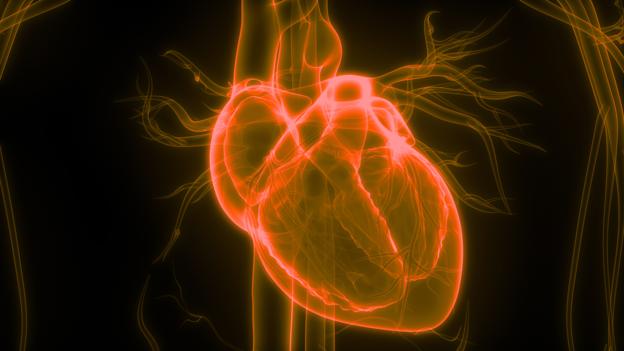
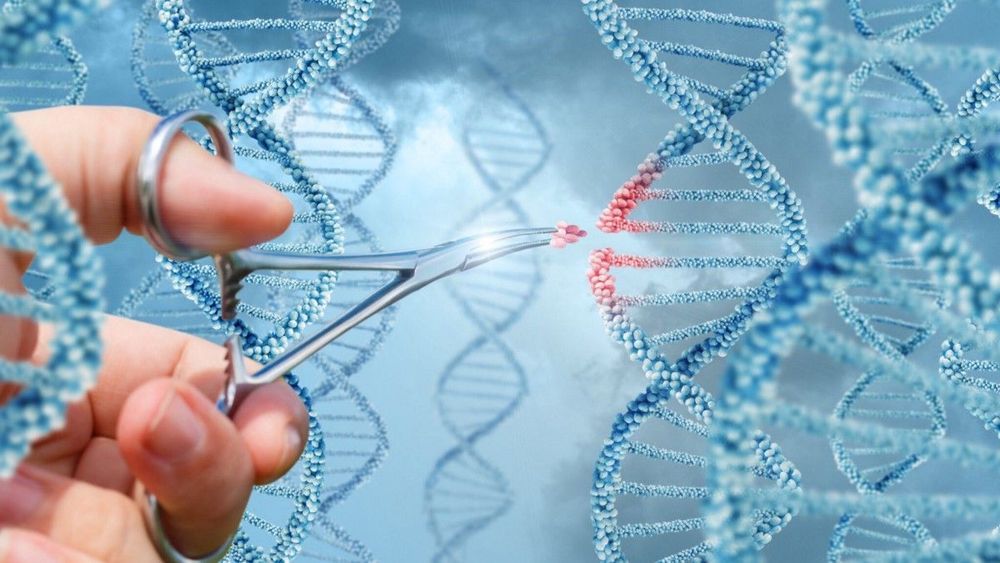
The results from the treatment have been nothing less than miraculous. The beta-thalassemia patient, a European native who needed 16 blood transfusions a year but hasn’t needed even one since the treatment and the sickle-cell patient doesn’t suffer from the pain attacks associated with the condition anymore.
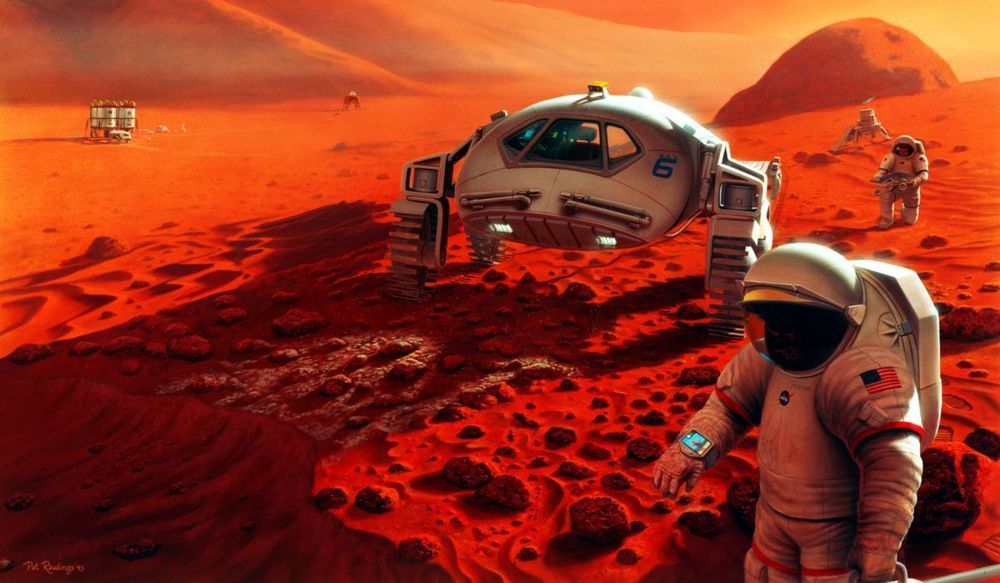
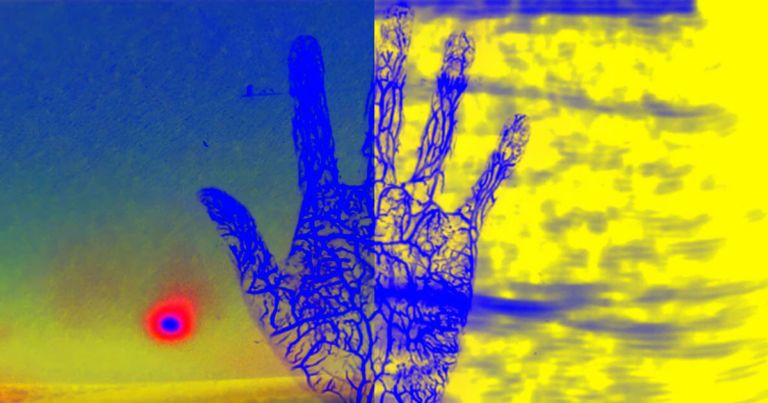
Scientists have developed a system of lasers that can probe inside the human body, much like an ultrasound, but from a distance.
The system can accurately image what’s going on inside a person’s body up to a depth of about six centimeters, according to an MIT press release. While that may not seem like much, it’s still an important first step in removing physical contact from ultrasound scans, as that can sometimes introduce variability in a doctor’s readings.
The system, described in research published in the journal Light: Science & Applications on Friday, uses two lasers: one to generate sound waves that bounce around inside the patient’s body, and the second to detect them as they reflect back.
The device has allowed Chou’s team to investigate how microgravity affects different diseases. The scientists report it has been tremendously effective so far in eliminating cancer cells.
“When placed in a microgravity environment, 80 to 90 per cent of the cells in the four different cancer types we tested – ovarian, breast, nose and lung – were disabled,” said Chou.
Normally, these are the hardest cancers to fight. Chou’s experiments, without using any drugs, managed to either kill such cells or make them “float off because they can no longer hold on.”
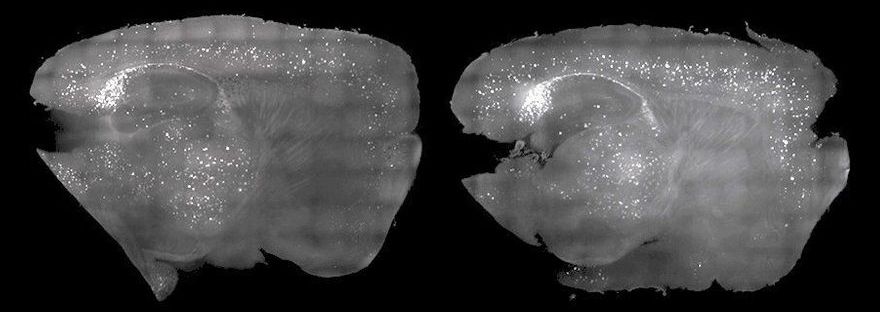
Clumps of harmful proteins that interfere with brain functions have been partially cleared in mice using nothing but light and sound.
Research led by MIT earlier this year found strobe lights and a low pitched buzz can be used to recreate brain waves lost in the disease, which in turn remove plaque and improve cognitive function in mice engineered to display Alzheimer’s-like behaviour.
It’s a little like using light and sound to trigger their own brain waves to help fight the disease.
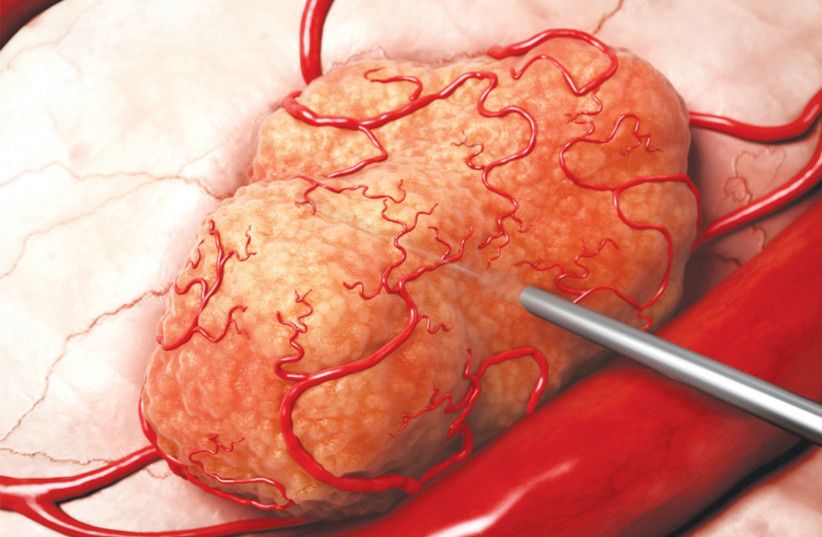
The second thing to mention is that in many instances, we actually have cracked it, at least medically. There are endless cutting-edge treatments being deployed as we speak, and endless additional cutting-edge research projects being conducted. There are new breakthroughs all the time, much of which are awaiting FDA approval, but one thing many of these treatments and cures have in common is that they are developed in a tiny country smaller than New Jersey that happens to be located in perhaps the worst neighborhood on Earth. When it comes to cancer research, Israel leads the way.
Finally, the last time I wrote about cutting-edge cancer treatments, I was contacted by a close friend who is a leading oncologist. He pointed out that a disclaimer is very much necessary when I write these articles. The last thing oncologists need is for their patients to think there is some magical solution here and show up to their appointments with a cut-out of an article. In fact, the last thing a cancer patient needs is false hope.
So the disclaimer is that this company is in the clinical trial phase, and if all goes according to plan, tumors might be much more manageable and treatable than they are today, but a lot has to happen before we get there.

Professor Varda Shoshan-Barmatz of the Department of Life Sciences and the founding Director of the NIBN, in collaboration with Dr. Jay Chung of the NIH, have successfully demonstrated that the mitochondrial protein VDAC1 is critical for the release of mitochondrial DNA (mtDNA) associated with the lupus disease.
They demonstrated that restricting of VDAC1 with a newly developed molecule resulted in substantial improvement in pathological aspects of the disease.
“When VDAC1 is over-expressed, as found in several diseases, a large pore composed of several VDAC1 units is formed, allowing the release of pro-cell death factors and mtDNA,” BGU explained in a statement.

We thank Drs. Michel Bernier and Anne E. Burke for valuable input, Mr. Marc Raley for work on previous versions of the figures, Dr. David G. Le Couteur for assistance with the preparation of an earlier version of the manuscript, and the Intramural Research Program of the National Institute on Aging, National Institutes of Health, for its support.